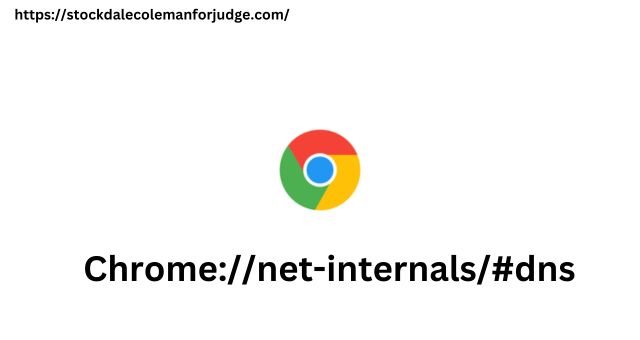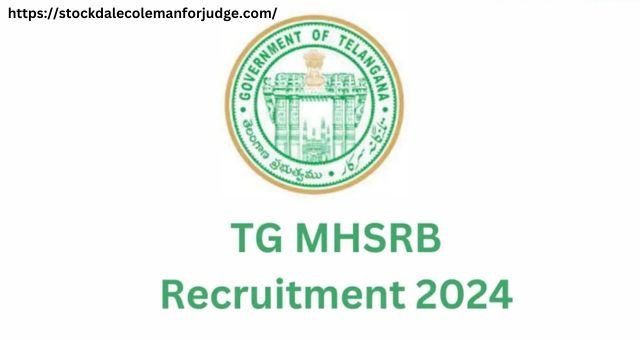Chrome://net-internals/#dns: A Detailed Overview

Introduction
Chrome://net-internals/#dns is the URL to Chrome’s internal section where users can perform a DNS lookup and clear the cache. If you are struggling with slow speed, then by using this setup you can flush the Chrome cache and speed up the connection. Chrome is certainly one of the best browsers in the internet world. However, it can be slowed down due to internal issues, it happens due to DNS problems and the solution for that is clearing DNS caches. A DNS cache is a temporary database that gathers information about earlier visited websites.
When a user gets into a website, the browser stores the DNS information in the cache. It helps users to prompt following visits to the same website. For the time being, the browser can access the DNS information from the cache rather than having to take a look for a second time. The net-internals/#dns is also known by another name which is Net-Internals. It is a NetLog event stream visualisation tool where users can check real-time logs. As well as load NetLog dumps of further dates that keep the browser’s network-related events. It helps in solving troubleshooting and debugging problems.
What is the DNS cache?
It is a small data that is often used for domains and websites. The main purpose of the DNS is to prompt browsing. While remote or ISP DNS servers are not working or are down due to some reason, users can reach the website they wish by using the Chrome DNS cache. On the other hand, if the website alters its DNS entry or due to other network conditions, you need to flush out the DNS cache to touch to accurate IP address on the internet.
What are the best ways to clear the DNS cache on Google Chrome?
- First of all, launch your Chrome browser.
- After that, type the Chrome://net-internals/#dns on your search bar and press enter.
- The new page will open and tap on the clear host cache button.
- It will clear the browser’s DNS cache and there will be no quick message will be shown. But you have to click the button and it will clear the browser cache.
- Press the restart button.
How to clear the DNS cache on Android and iOS?
- Well, open your Chrome on your Android or iOS device.
- Then type the Chrome://net-internals/#dns on your search address and tap enter.
- Once the DNS lookup page shows up, press the clear host cache button to clear the DNS cache on your mobile phone.
- After that, go back to the home screen, tap the Chrome icon for 5 seconds and launch its app info menu.
- Lastly, navigate to storage usage and choose clear cache.
- If there is a scenario in which you are using other browser, then skip the first three steps in the solution to clear the cache.
What are the methods to clear the DNS cache on Windows?
- Well, if you are still facing the issue of slow browsing speed even after flushing the Chrome cache. For this reason, you can clear the DNS cache from your Windows OS too.
- Tap the right-click on the start button and choose the terminal (Admin) or command prompt (Admin) option from the Windows power menu.
- Copy config/flushdns and paste it on the command line window. Tap on the Entry key.
- Lastly, you will get a message of the successful completion of DNS cache clearing.
How to reset the Chrome flags?
- First of all, open your Chrome browser on your mobile phone.
- Type chrome://flags on the search bar and tap on the enter button.
- Choose the “Reset All to Default” button at the top of the page and tap on it.
- A reminder will appear and ask you to confirm the reset. Tap on the “Reset all” to confirm.
- Once the process of reset is completed, you will get a reminder to relaunch Chrome to apply the modifications.
What are the ways to clear the DNS cache on Linux?
- Clearing the DNS cache on Linux can be completed with the terminal using the “system-resolve” command. Here are some steps to follow;
- Launch the terminal on your Linux system.
- Type the sudo system-resolve –flush-caches command and press the enter button.
- This command will clear both the negative and positive DNS cache entries.
- To verify, type the sudo system-resolve –statistics command and press enter.
How to fix if Chrome://net-internals/#dns does not work?
- Launch the start menu
- Thereafter, look at the command prompt and expose it as an administrator.
- Type the ipconfig /release command and press the enter button.
- Subsequently, type ipconfig /flushdns to flush the DNS cache and tap on enter.
- Lastly, type ipconfig /renew to renew the IP address and click the enter button.

Pros of Chrome://net-internals/#dns
- It helps in resolving issues with website loading and connectivity.
- The process is straightforward and can be done promptly.
- It can be done only in Chrome and doesn’t need any added software.
Cons of Chrome://net-internals/#dns
- It may delete all the stored website domain names and IP address associations.
- It is planned for advanced users and might be confusing who are not familiar.
- DNS can cause accidental issues or data loss.
Final words
It is a powerful tool that can help diagnose and troubleshoot DNS resolution issues. Further, it can enhance the browsing experience by understanding how to use Chrome Net internals. Essentially, it evades common issues. This is the end of this blog. Toddles!












